Surprisingly both the programs gave the difference between the two pointers same even though the data types were different.....
How exactly does malloc store its meta data was what i was trying to find out with this little experiment...
Program 1 :
int main ()
{
char *i,*j;
i=(char*)malloc (sizeof(char));
j=(char*)malloc (sizeof(char));
printf ("%x\n",i);
printf ("%x\n",j);
return 0;
}
Output :
710010
710030
Program 2 :
int main ()
{
int *i,*j;
i=(int*)malloc (sizeof(int));
j=(int*)malloc (sizeof(int));
printf ("%x\n",i);
printf ("%x\n",j);
return 0;
}
Output :
16b8010
16b8030
What i had in mind before this program :
| meta data of i | memory space of i | meta data of j | memory space of j |
but the results don't support the theory....
